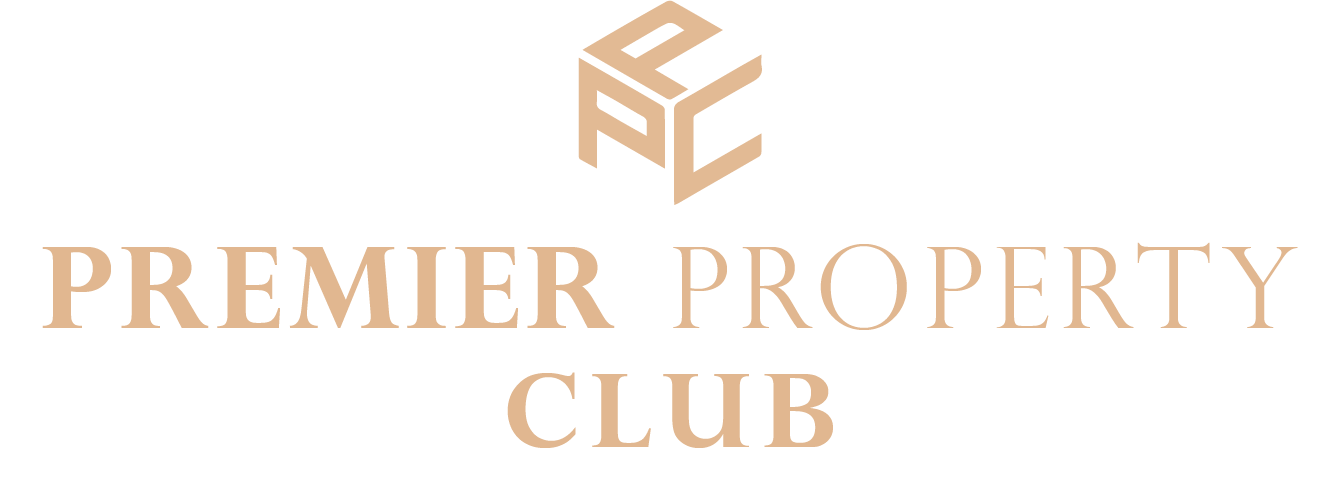Clothoff: AI Photo Undress Free
The advent of artificial intelligence has transformed various industries, and the world of photography is no exception. Among the intriguing applications of AI technology is the ability to create realistic modifications to images, including the controversial field of virtual undressing. In this article, we will explore the concept of AI photo undress free, focusing on how platforms like Clothoff are reshaping the digital landscape. We will also discuss the ethical implications, potential uses, and the future of AI in the realm of photography.
Understanding AI Photo Undress Technology
AI photo undress technology utilizes advanced algorithms and machine learning techniques to manipulate images. By analyzing existing photographs, AI can generate modified versions that appear to remove clothing or alter the subject’s appearance. This technology raises questions about privacy, consent, and the ethical use of AI in digital media.
The Rise of Clothoff
Clothoff is one of the prominent platforms offering AI photo undressing services. With a user-friendly interface and advanced AI capabilities, Clothoff allows users to upload photos and receive modified images in a matter of seconds. The platform has gained popularity for its accessibility and innovative approach, making it a go-to choice for many users interested in digital image manipulation.
How Clothoff Works
Using Clothoff is straightforward. Here’s a step-by-step guide on how the process typically works:
- Step 1: Upload Your Photo – Users can upload a photograph they wish to modify. The platform supports various file formats to ensure compatibility.
- Step 2: AI Processing – Once the photo is uploaded, Clothoff’s AI algorithms analyze the image and prepare it for modification.
- Step 3: Receive Modified Image – After processing, users receive a modified version of their photo, which can be downloaded and shared.
Key Features of Clothoff
- User-Friendly Interface: Clothoff is designed to be accessible for users of all skill levels, making it easy to navigate and use the platform.
- Fast Processing: The AI technology employed by Clothoff ensures quick turnaround times, allowing users to receive their modified images almost instantly.
- Privacy Protection: Clothoff emphasizes user privacy, ensuring that uploaded photos are not stored or shared without consent.
The Ethical Debate Surrounding AI Photo Undress
While the technology behind Clothoff and similar platforms is fascinating, it raises significant ethical questions. The ability to undress images digitally can lead to misuse and exploitation, particularly regarding consent and privacy. Here are some key points to consider:
Consent and Privacy
The most pressing concern is the issue of consent. Using AI to alter someone’s image without their permission can be considered a violation of their privacy. It is crucial for platforms like Clothoff to implement strict guidelines to prevent unauthorized use of images.
Impact on Body Image
The proliferation of AI-modified images can contribute to unrealistic body standards and negatively impact mental health. Users, especially younger individuals, may struggle with self-image issues when comparing themselves to digitally altered representations.
Potential Positive Uses of AI Photo Undress Technology
Despite the ethical concerns, there are potential positive applications for AI photo undress technology. Some of these include:
- Fashion and Design: Designers can use AI to visualize how clothing might look on a model before making actual garments.
- Artistic Expression: Artists can experiment with digital mediums, creating innovative works that challenge traditional notions of representation.
- Education and Awareness: AI technology can be used in educational settings to teach students about digital manipulation and its implications.
Future of AI in Photography
The future of AI in photography is promising, with continuous advancements in technology paving the way for more sophisticated applications. As AI continues to evolve, we can expect to see improvements in image quality, processing speed, and user experience.
Conclusion
Clothoff represents a fascinating intersection of technology and creativity, offering users the ability to manipulate images in new and innovative ways. However, it is essential to approach AI photo undress technology with caution, considering the ethical implications and potential consequences of its use. As we move forward, striking a balance between innovation and responsibility will be crucial in shaping the future of photography in the age of AI.
